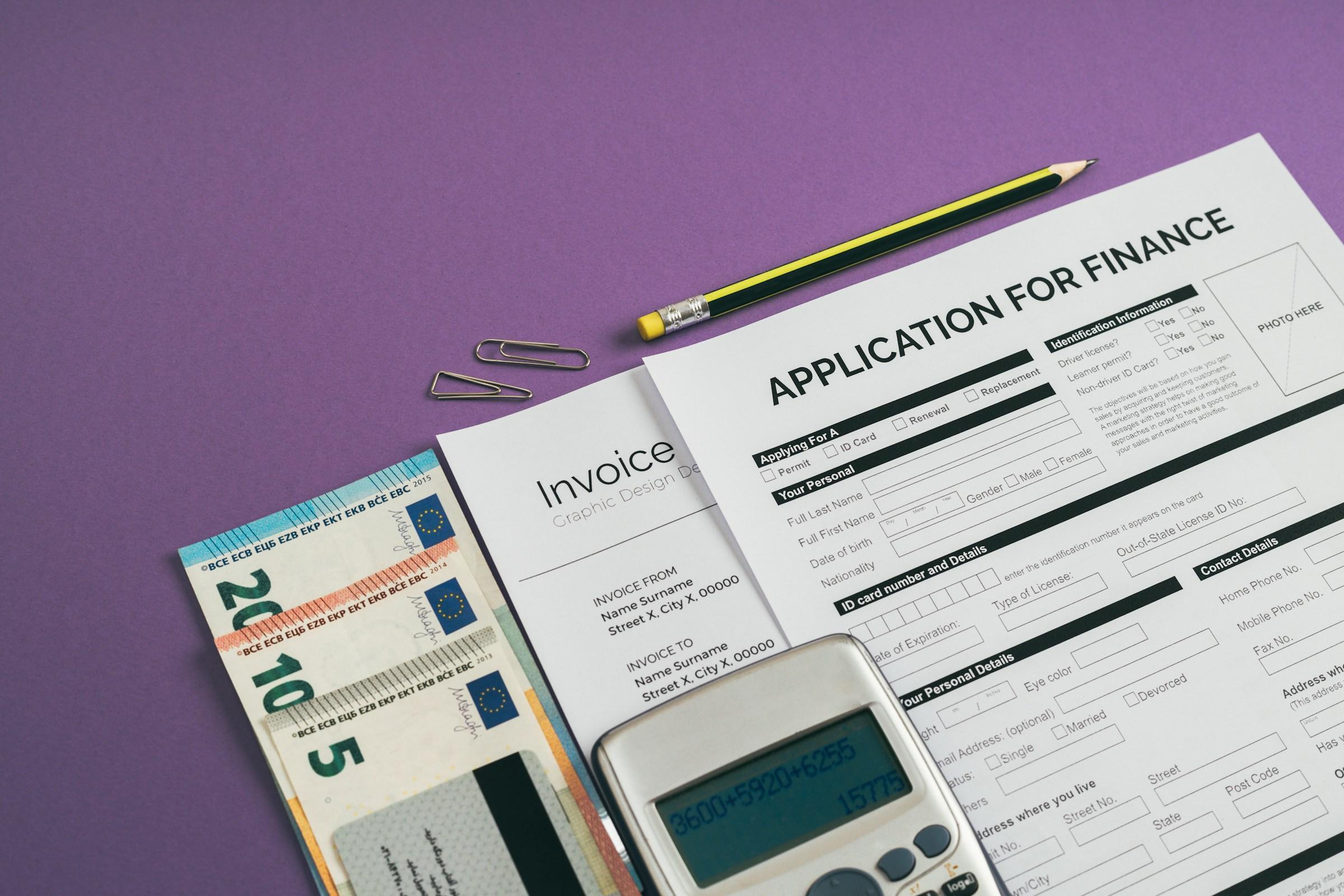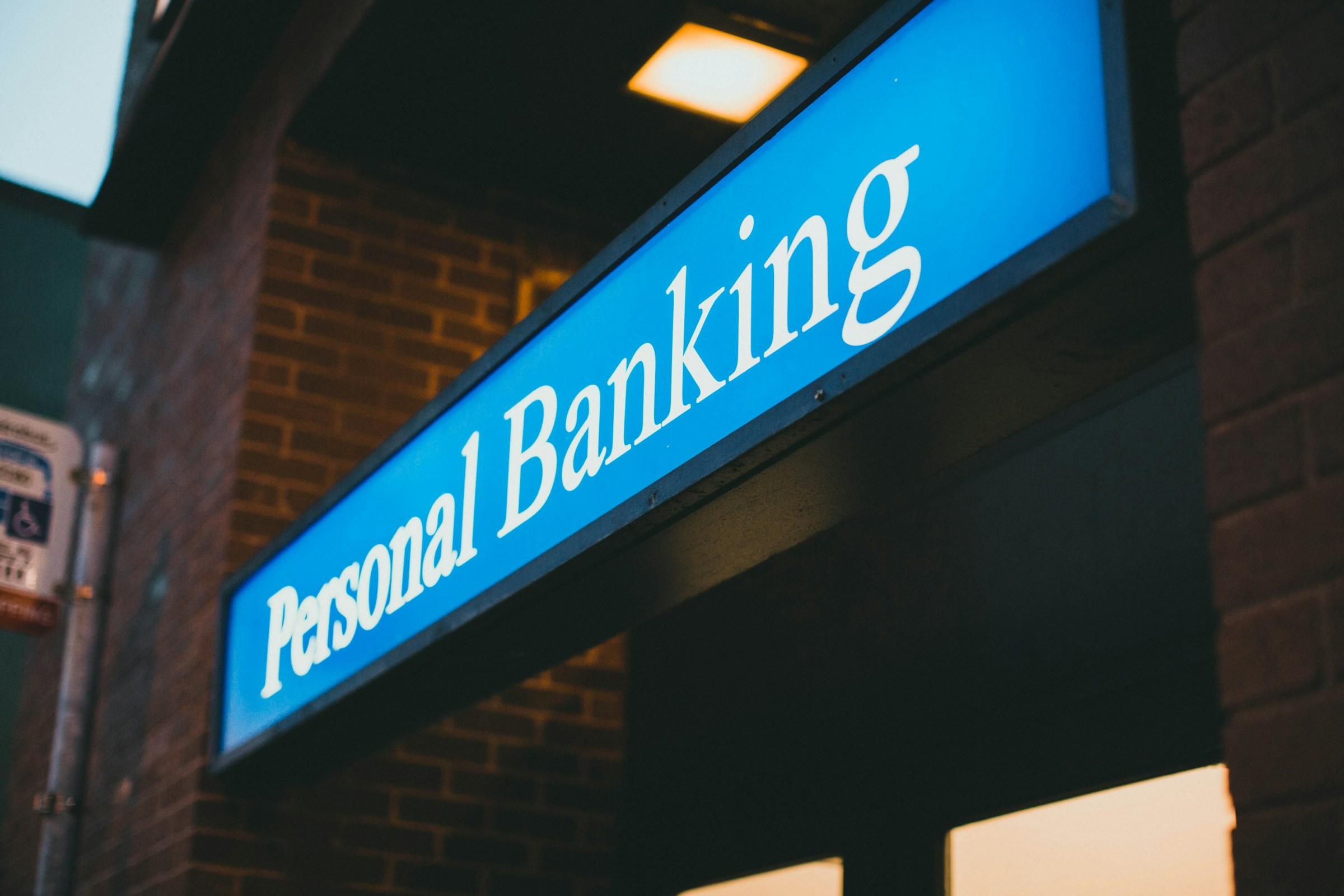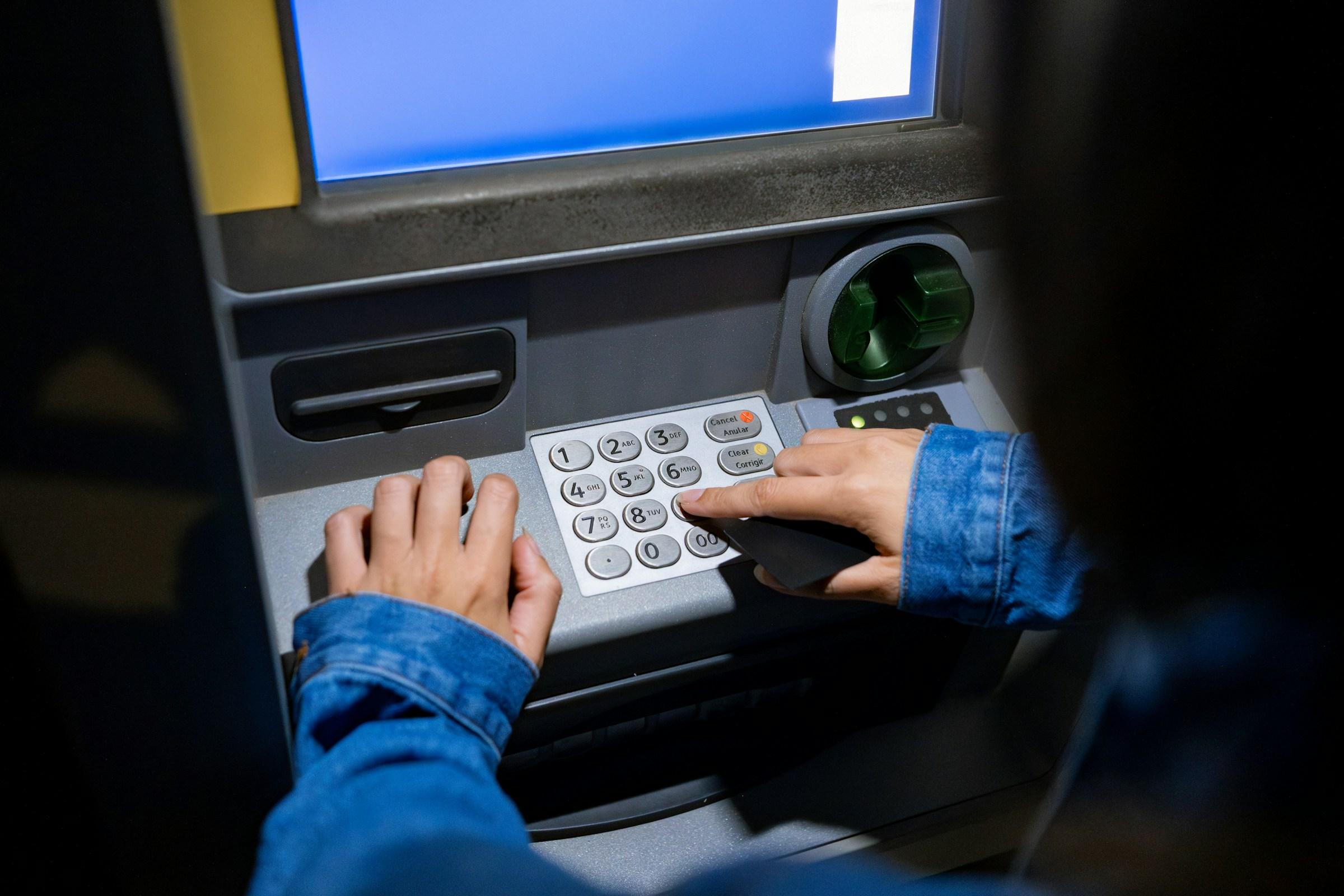Personal loans rise in popularity when the economy slows because they look simple, fast, and unsecured. There is no collateral, the application can be completed online, and approval often lands in a day. In a recession, that convenience can be helpful for families facing uneven cash flow or delayed commissions. The same features also create concentrated risk, because unsecured credit prices the borrower rather than the asset. When employment, hours, and bonuses become less predictable, the burden of fixed repayments becomes heavier. Understanding where this risk shows up helps you decide if the loan is a stabiliser or a strain.
Start with job-loss and income volatility. A recession usually raises retrenchment risk, and even without layoffs there can be shorter workweeks, smaller incentives, and slower freelance pipelines. A personal loan sets a fixed monthly repayment that does not adjust with your income. If you take a S$20,000 loan at 7.5 percent with a three year tenor, the monthly payment sits around S$622 before fees. That figure does not shrink if your hours are cut. Families that already carry a mortgage, car loan, or education financing will feel the compounding effect. Singapore’s debt servicing ratios apply at the time of underwriting, but income changes after disbursement are your responsibility. During a downturn, that gap between what the bank assessed and what your household can currently manage is where stress accumulates.
Next, consider pricing and total cost, which can look predictable but still shift. Advertised flat rates often mask effective interest rates once processing fees and administrative charges are included. In a slower economy, banks may widen spreads to reflect higher default risk, and promotions that were common in expansionary years can be pulled back. If you already took a loan on the assumption that you could refinance to a lower rate later, a recession can shut that door. Lenders tighten criteria, reduce approved limits, or require stronger income proofs. The plan to roll the balance into a cheaper facility might not materialise, which means you carry the original cost for the full tenor. The risks of personal loans during a recession include being locked into terms that were acceptable in good times but feel expensive once the cycle turns.
Liquidity timing is another pressure point. Many borrowers turn to personal loans to cover one-time obligations such as medical bills, necessary home repairs, or bridging costs while selling an asset. Those are reasonable use cases, but recessions lengthen timelines. Properties may take longer to transact, clients may delay payments, and bonuses may be deferred. If your repayment plan depends on a near-term inflow that later slips by three to six months, the loan continues regardless. You end up paying interest to wait, which may be cheaper than missing the obligation but still erodes your savings plan. The practical question is whether your buffer can carry the schedule without relying on optimistic timelines.
There is also the interaction with your broader financial safety net. In Singapore, many households use emergency funds, CPF Ordinary Account balances for housing, and integrated shield plans for medical coverage to handle shocks. A personal loan can help when the emergency fund is thin, but it can also delay rebuilding it. Each month you allocate to repayment is a month you do not replenish cash reserves. If another unexpected cost arrives before the fund is restored, you may layer a new facility on top of the first one. That path often leads to expensive revolving credit or repeated balance transfers, where teaser rates expire and revert to double-digit interest. The policy landscape offers formal debt consolidation plans for high unsecured balances, but qualifying thresholds and credit record impacts are significant. Entering a recession with multiple unsecured lines creates a smaller margin for error.
Credit score dynamics matter more in downturns because lenders are more sensitive. A personal loan itself does not harm your score if paid on time, yet the sequence around it can. Multiple applications within a short window can signal desperation rather than shopping. Utilisation spikes across cards and lines show up quickly in bureau data. If late payments occur, penalty fees and default interest can compound the balance even faster than the base rate suggested. During a contraction, a slightly blemished history may be enough for a bank to reduce limits or cancel pre-approved offers, which closes the refinancing options borrowers often rely on when budgets tighten.
Employment sectors do not experience recessions evenly. Households reliant on cyclical industries, discretionary retail, hospitality, or project-based consulting see wider income swings than those anchored in essential services. Gig workers and self-employed professionals face lumpy receivables and stricter documentation. A personal loan application judged acceptable when invoices were clearing on time can become a burden if client payment behaviour changes. The safer assumption in these sectors is that receivables will stretch and that a conservative tenor may still feel long. Smaller loans with shorter tenors reduce total interest but raise monthly payments. Longer tenors lower monthly strain but increase lifetime cost. In a recession, either tradeoff becomes sharper because the underlying income volatility grows.
There is a behavioural risk as well. Easy disbursement can blur the line between needs and wants precisely when discipline matters most. Some borrowers use personal loans to consolidate expensive card balances, which can be a logical housekeeping step. The risk is treating the cleared cards as fresh spending capacity rather than closing or reducing them. If new charges accumulate while the consolidation loan is still running, the total debt burden doubles. This is common in downturns when boredom spending rises and small comforts feel justified. Without a strict cash flow plan, the loan solves a symptom and enables the habit. The interest rate becomes secondary to the pattern.
For homeowners, unsecured borrowing also interacts with the mortgage environment. Mortgage rates can move down as central banks cut, but bank spreads and risk tests can still tighten. If your fixed rate is rolling off in the next year or two, adding unsecured commitments today can affect refinancing outcomes tomorrow. Even if total debt servicing is still within prudent ranges, lenders may prefer applicants with simpler, cleaner profiles. In tight cycles, operational preferences matter. A household with the same income but fewer unsecured lines can be easier to assess, which can translate into better refinancing options.
Fees and contract features deserve more attention when the economy cools. Early repayment charges, cancellation fees, and the method used to calculate interest rebates can meaningfully change the true cost if you plan to accelerate repayment once conditions improve. Some products calculate rebates on a rule-of-78 style schedule where more interest is recognised up front, which limits the savings from early settlement. Others offer daily rest or monthly rest calculations that are friendlier to lump-sum reductions. During a recession, where job markets and bonuses are uncertain, flexibility is valuable. Reading these clauses is not an academic exercise. It is a way to keep options open if you get a windfall or need to exit.
Insurance and protection products are sometimes bundled or promoted alongside personal loans. Credit life or income protection add a monthly premium to cover repayments during specific events such as death, disability, or involuntary unemployment. The value of these riders depends on what you already have. If your term life and disability coverage are adequate, the marginal protection may be low. Unemployment coverage often comes with strict definitions and waiting periods. In a recession, claims scrutiny can be higher and payout caps can limit usefulness. Paying extra for a benefit that does not match your likely risks is an avoidable cost when every dollar of cash flow matters.
Household structure influences risk tolerance. Dual-income families with diversified sectors, substantial emergency funds, and manageable fixed obligations can treat a personal loan as a tactical bridge for a defined purpose such as medical treatment or essential education outlays. Single-income households, families supporting dependents abroad, or those midway through large housing renovations face tighter margins. The same S$20,000 loan feels different for these profiles because the downside paths are different. A simple rule of thumb in a recession is to model the repayment under a 20 percent pay cut for six months. If the plan breaks under that scenario, the loan may not be appropriate, or the amount needs to be smaller with a clearer repayment trigger.
Comparing alternatives is part of the decision. Employer salary advances, community credit co-ops, or structured instalment plans with hospitals and schools can be cheaper and gentler on cash flow. Government schemes may not fund personal consumption, but targeted programs sometimes exist for training, upskilling, or education that reduce out-of-pocket strain. For homeowners, a temporary review of discretionary renovations or a pause on nonessential upgrades can unlock the same liquidity without borrowing. Selling lightly used items or adjusting recurring subscriptions can feel small, yet over a year the effect compounds. In a recession, the cheapest financing is usually the cost you do not add to your monthly obligations.
The regulatory backdrop is designed to keep debt service within prudent limits at the point of borrowing. That helps, but it does not replace household-level judgment. Ratios cannot account for a spouse’s commission cycle, an elderly parent’s healthcare needs, or a child’s upcoming school fees. These real constraints do not appear in a bank’s scorecard, but they will shape your ability to pay. The risks of personal loans during a recession are less about a single headline number and more about how the fixed repayment collides with variable life. If you must borrow, write down the event that will repay it, the date you expect it, and the recovery plan if it slips. If there is no convincing answer, the loan is probably not a stabiliser.
So what does this mean for an average Singapore household deciding now. Treat unsecured borrowing as a last resort for essential obligations with clear timelines. Keep the amount as low as possible, choose the shortest tenor your cash flow can support without cutting into protection and food, and avoid stacking multiple lines within a quarter. If you are consolidating, cut card limits or close accounts to prevent re-accumulation. Read early settlement and fee clauses, and decline add-on insurance that duplicates existing cover. Model a conservative scenario for income before you commit. The goal is not to avoid all borrowing. The goal is to avoid commitments that outlive the downturn.
Recessions pass, and income usually normalises before confidence does. Households that keep fixed obligations light enter the recovery with more freedom to rebuild savings, top up CPF, refinance mortgages on better terms, and invest systematically. Households that load up on unsecured commitments often spend the first years of the recovery paying for last year’s comfort. If you are on the fence, ask a quieter question. Will this loan make the next six months less risky, or will it make the next two years less flexible. In personal finance, especially in a downturn, flexibility is a form of safety.







-1.jpg&w=3840&q=75)



.jpg&w=3840&q=75)


-1.jpg&w=3840&q=75)